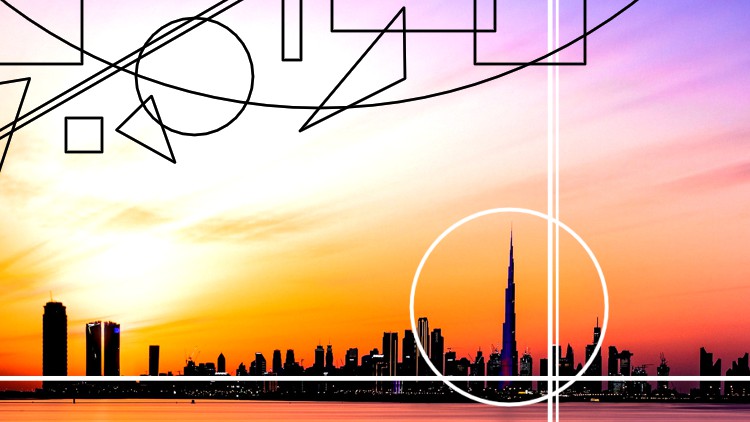Learn to use the 10 Types of Contrast: Art & Design Theory

Why take this course?
🎨 Unlock the Power of Visual Dynamics with "Learn to use the 10 Types of Contrast: Art & Design Theory"
Course Title: Master Contrast to Level Up Your Visuals
Contrast is everywhere. It's the secret ingredient in every compelling piece of art and design. No artwork or design can work without some type of contrast, and it's a fundamental element that elevates your visual storytelling. Whether it's the contrast of color, size, shape, subject, or texture, in any good artwork or design there needs to be an interesting difference between visual elements, or ideally, a harmonious combination of different contrasts.
Understanding Contrast:
Contrast is a technique that relies on opposing elements placed next to each other to create tension, tell a story, add meaning, or simply increase visual interest. It's not just about making things stand out—it's about how elements interact and complement each other to create a more profound impact.
The 10 Main Types of Contrast:
In this course, I, "Duplo," an experienced artist and designer with a passion for contrast, will guide you through the 10 main ways to use contrast effectively:
- Color Contrast: Vibrant versus muted colors can make your design pop.
- Tonal Contrast: High-key vs low-key lighting in photography or illustration.
- Shape Contrast: Geometric shapes against organic forms.
- Texture Contrast: Rough textures against smooth finishes.
- Form Contrast: Positive space versus negative space.
- Complementary Contrast: Contrasting colors that are opposite each other on the color wheel.
- Contrast in Scale: Large elements next to small ones.
- Directional Contrast: Diverging lines and angles.
- Contextual Contrast: Placing an object in an unexpected context.
- Temporal Contrast: Fast motion against static imagery or vice versa.
Real-World Applications:
We will analyze great pieces of art and design, dissecting how they use contrast to captivate viewers. From the bold colors in a street mural to the subtle textures in a web design, you'll learn how to apply these principles to your work.
Personal Tips from an Expert:
As an artist and designer with years of experience, I've discovered that contrast can be a game-changer. I'll share personal insights on finding inspiration, selecting subjects, sparking creativity, and creating compositions that captivate.
Who is this course for?
Whether you're an artist, designer, photographer, or even a creative thinker looking to enhance your visual projects, this course is for you. Contrast is a universal tool that can be applied across various mediums and disciplines within the visual arts.
Why Master Contrast?
Because with well-chosen contrasts, you are almost guaranteed to have a composition that stands out. It doesn't matter if you're painting a picture, designing a logo, creating a website, or even planning a photo shoot—contrast will make your work more compelling and attract viewers' attention.
Join "The Art of Contrast" Today!
Embark on a journey to master the art of contrast and transform your visual creations with confidence and clarity. Sign up now and start your creative evolution with "Learn to use the 10 Types of Contrast: Art & Design Theory." Let's turn your designs from good to unforgettable! 🌟
Enroll in the course today and take the first step towards creating visually stunning work that resonates with your audience and leaves a lasting impression. Your artistic journey awaits!
Loading charts...